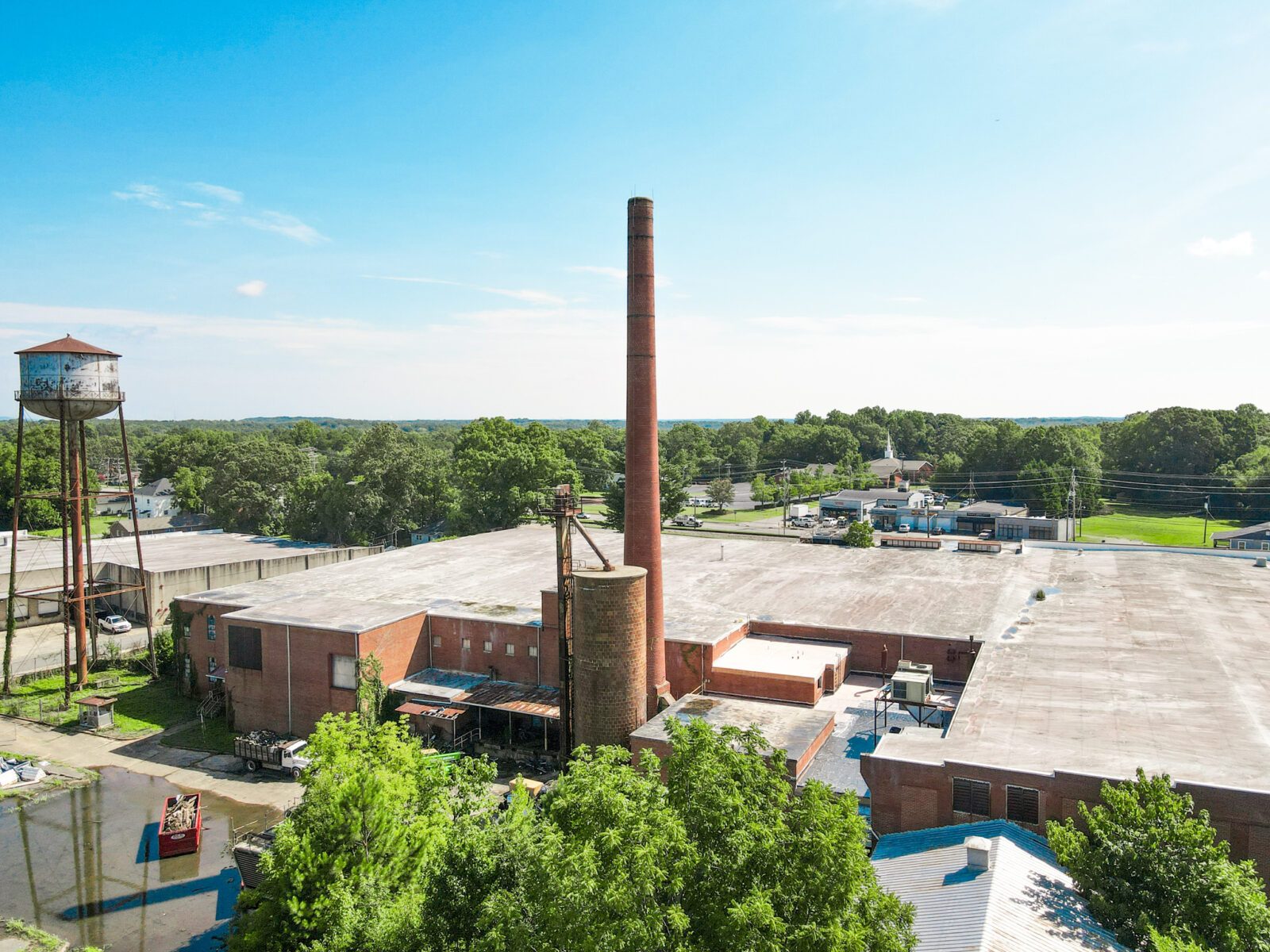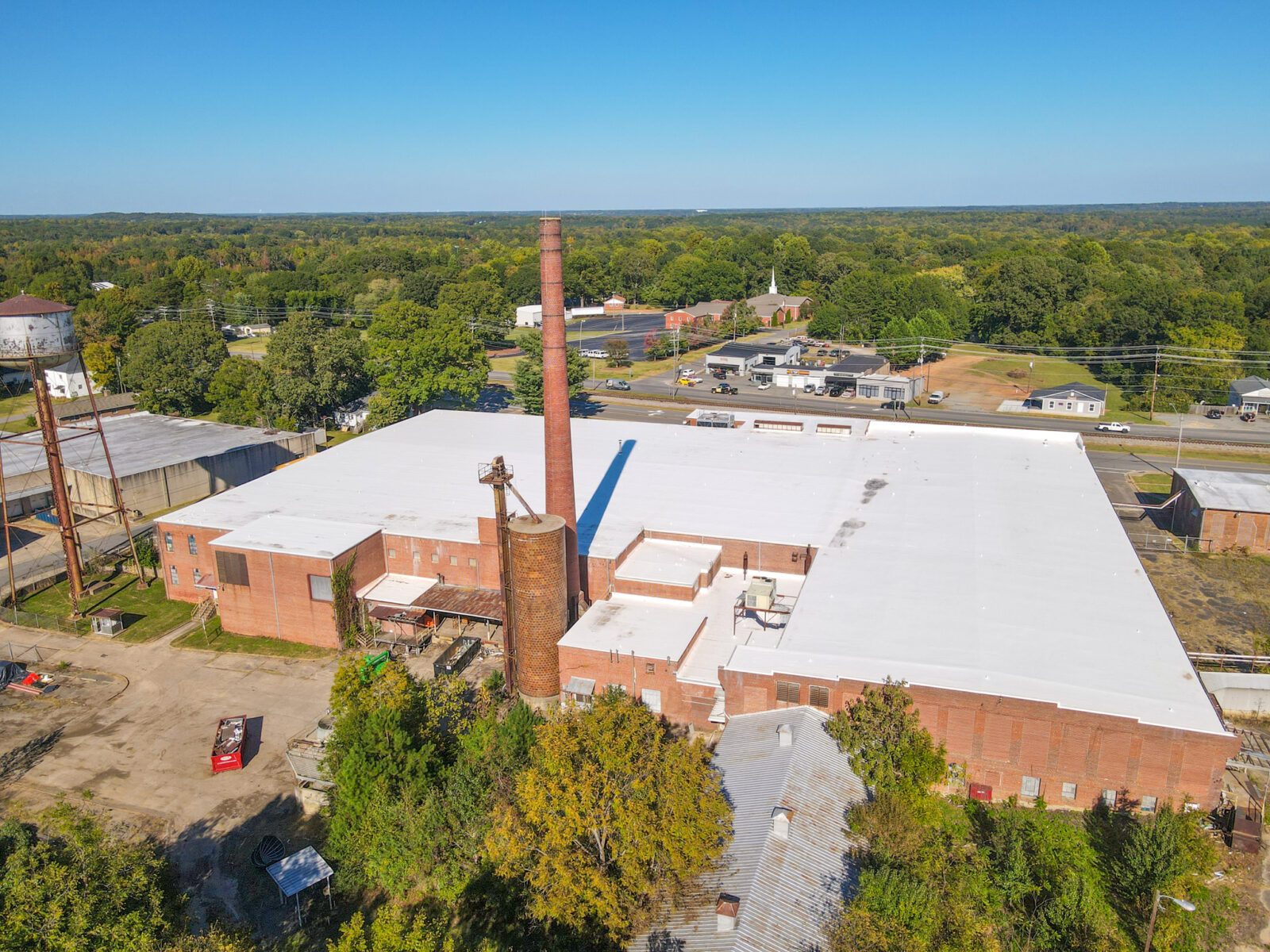Flat Roofing
Single ply roofing membranes are installed as a single layer on flat or low-sloped roofs. These systems come in large rolls. The most common types of single ply roofing are EPDM, PVC, and TPO.
Before

After

Single ply roofing membranes are installed as a single layer on flat or low-sloped roofs. These systems come in large rolls. The most common types of single ply roofing are EPDM, PVC, and TPO.

